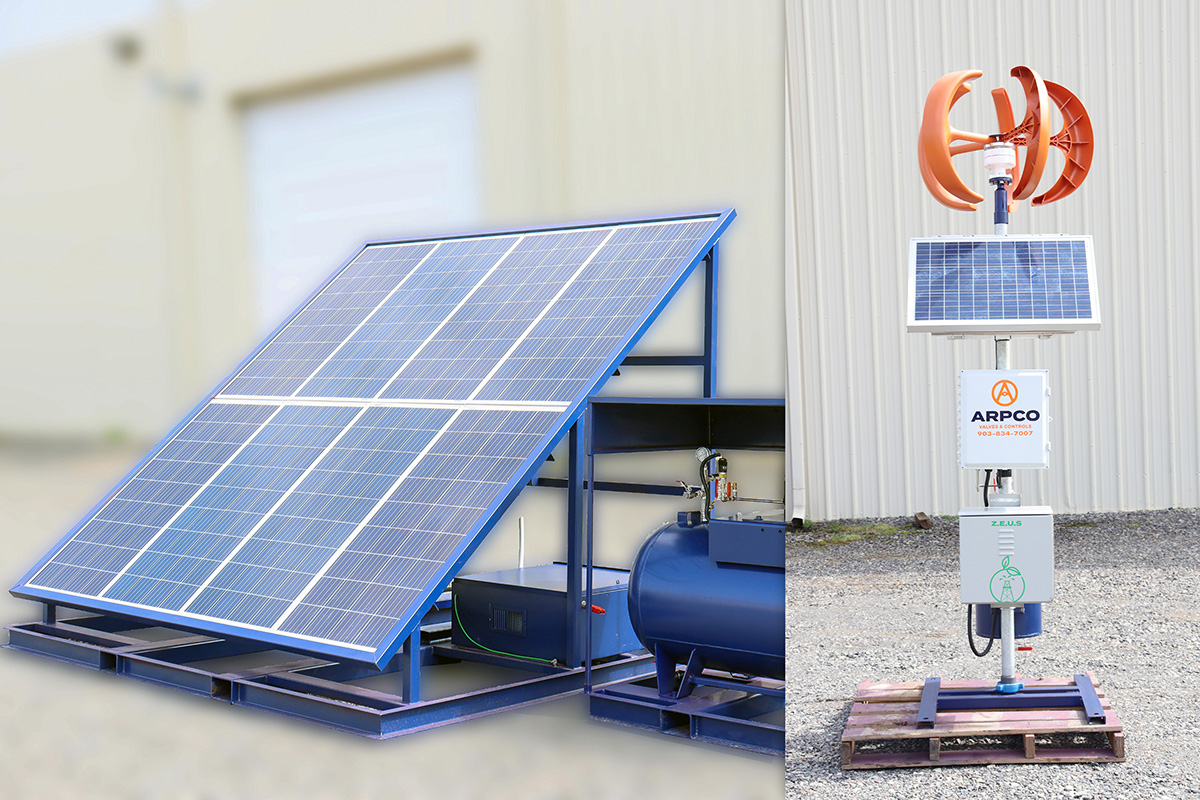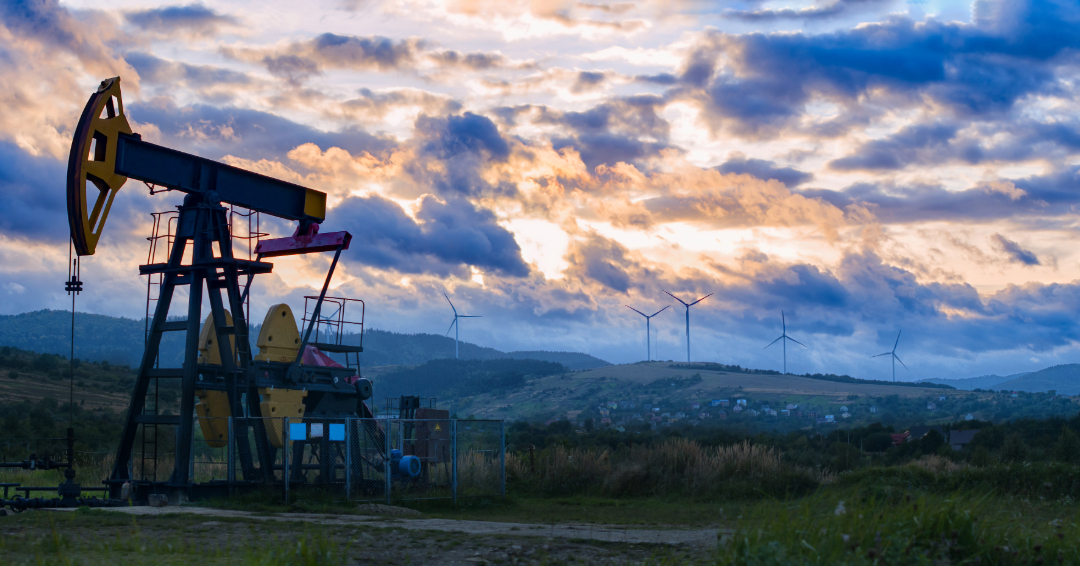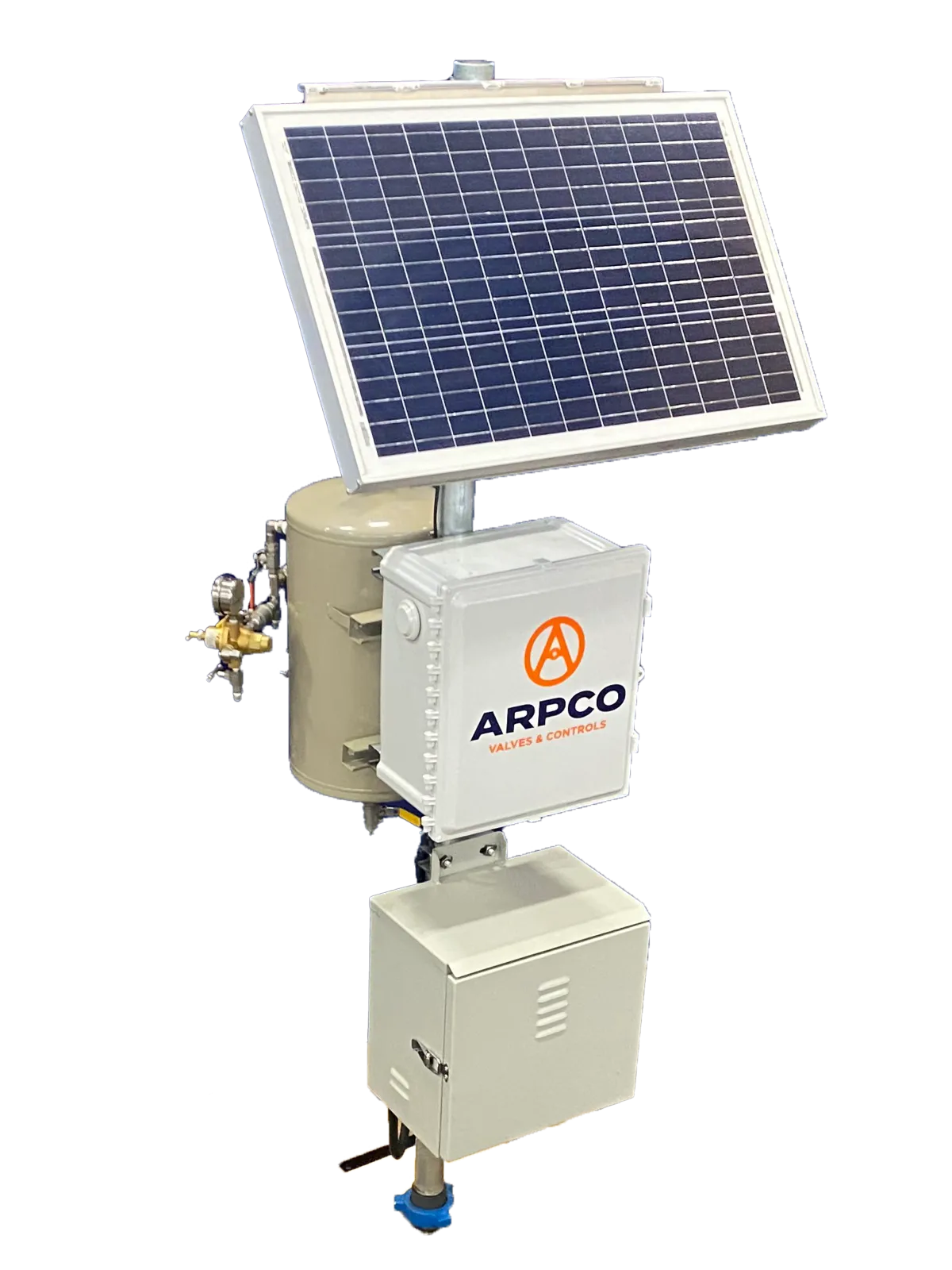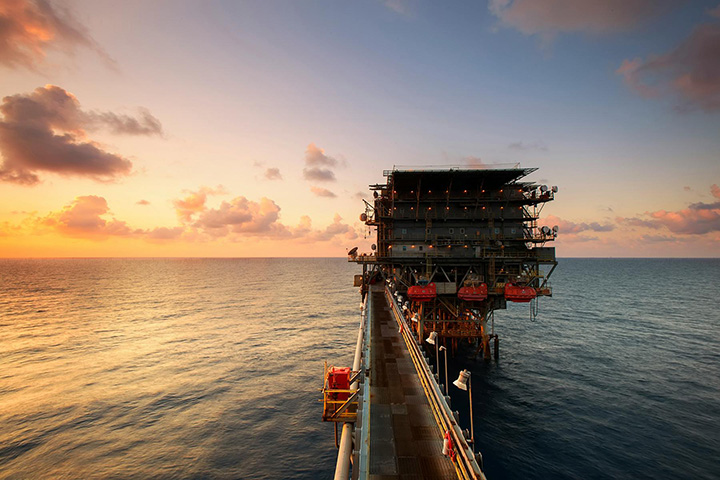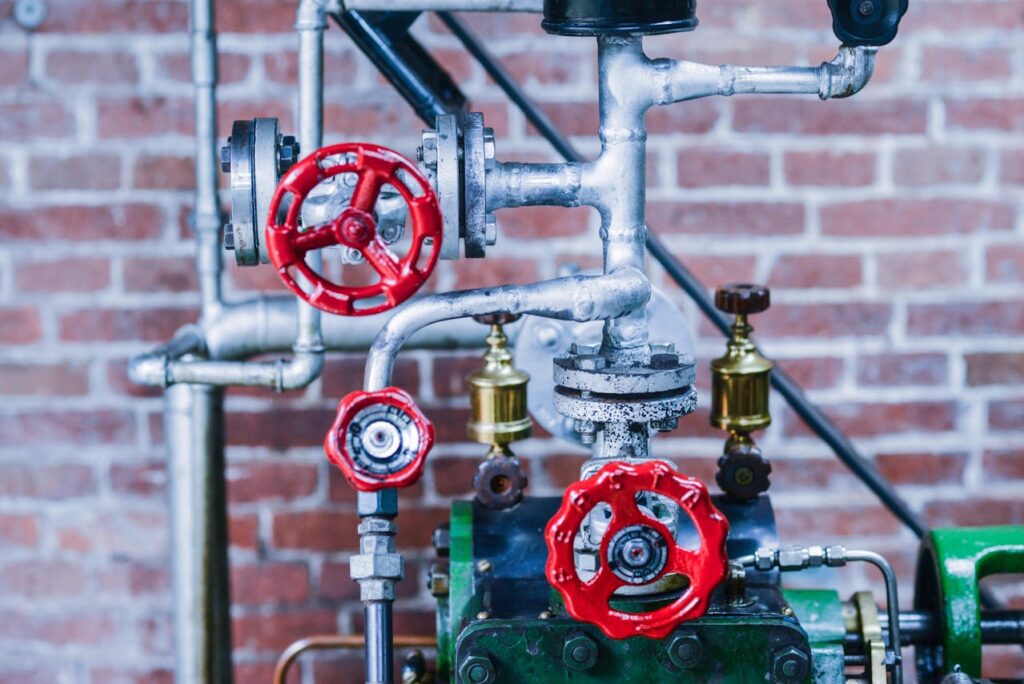
Introduction to Safety Valves
Safety valves play a pivotal role in maintaining the safety and operational integrity of industrial systems. They are engineered to prevent accidents and ensure the protection of equipment, personnel, and the environment by automatically releasing substances when pressure or temperature exceeds preset limits. This automatic release mechanism is crucial for averting potential disasters, making safety valves an indispensable component in various industrial settings, especially in the high-stakes fields of oil, gas, and chemical processing.
The Essential Role of Safety Valves in Industrial Safety
The primary function of a safety valve is to act as a fail-safe device. In environments where pressure can build up to dangerous levels, such as steam boilers, gas storage tanks, or chemical reactors, the safety valve is designed to open at a predetermined set pressure. By doing so, it effectively prevents the system from reaching a point where equipment failure or catastrophic accidents could occur. Beyond protecting physical assets, safety valves are fundamental in safeguarding human lives. They are meticulously designed and placed within systems to minimize the risk of explosions or releases of hazardous materials, thereby creating safer workplaces and reducing the potential impact on surrounding communities and the environment.
The Principles of Safety Valve Operation
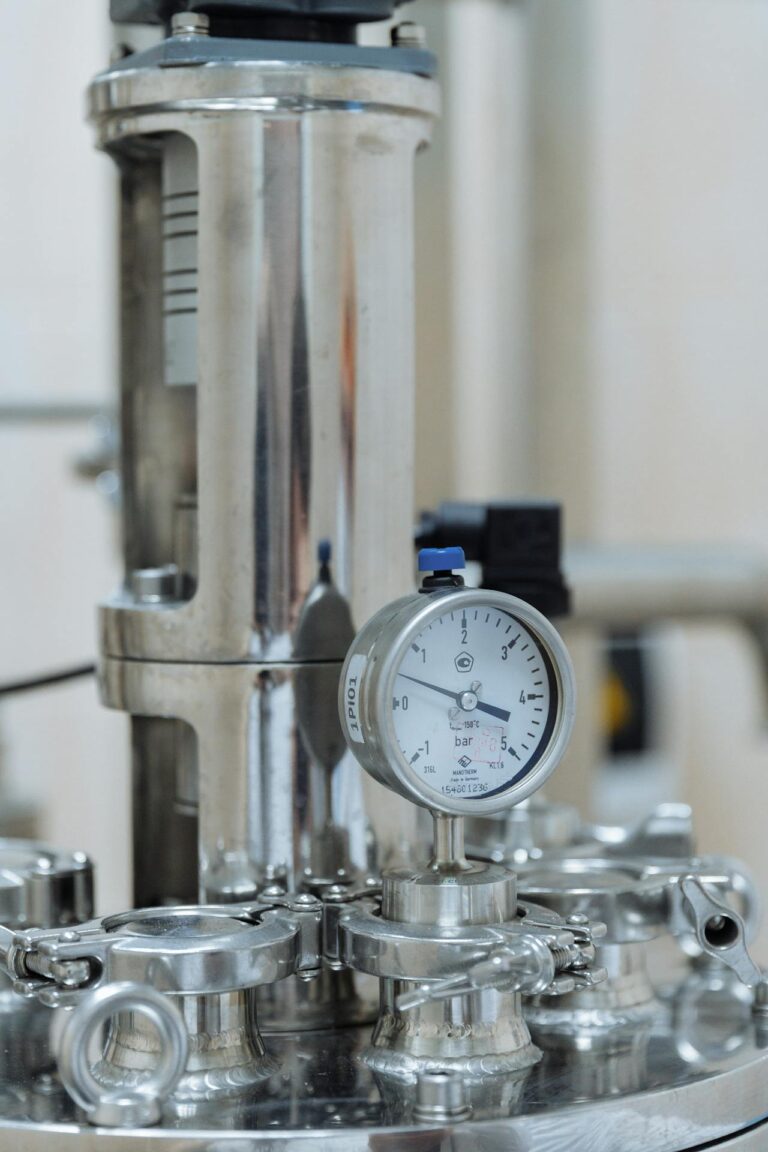
Understanding how safety valves function is crucial for anyone involved in the design, operation, or maintenance of industrial systems, particularly in high-pressure environments such as the oil and gas industry. These devices are fundamental to ensuring the safety and integrity of equipment and personnel. Below, we delve into the core operational principles of safety valves, focusing on set pressure and relief valve mechanisms, and how these valves manage to release excess pressure.
Understanding Set Pressure and Relief Mechanisms
Set pressure is the predetermined pressure level at which a safety valve is designed to open. This critical parameter is carefully selected based on the system’s maximum allowable working pressure (MAWP). When the system’ maximum allowable pressure reaches this set point, the safety valve activates to prevent any potential overpressure scenario that could lead to equipment failure, environmental damage, or personal injury.
The relief mechanism of a safety valve is ingeniously simple yet highly effective. It relies on a spring-loaded or pilot-operated mechanism to remain sealed under normal operating conditions. However, once the system pressure exceeds the set pressure, the force exerted by the pressurized fluid or gas overcomes the force of the spring or the control pressure on the pilot valve. This causes the valve to open, allowing the excess pressure to escape through the valve’s outlet. The design of the safety relief valve and mechanism ensures that the valve opens quickly and fully to rapidly depressurize the system, then closes gradually to stabilize the pressure without causing shock waves or damage to the system.
How Safety Valves Release Excess Pressure
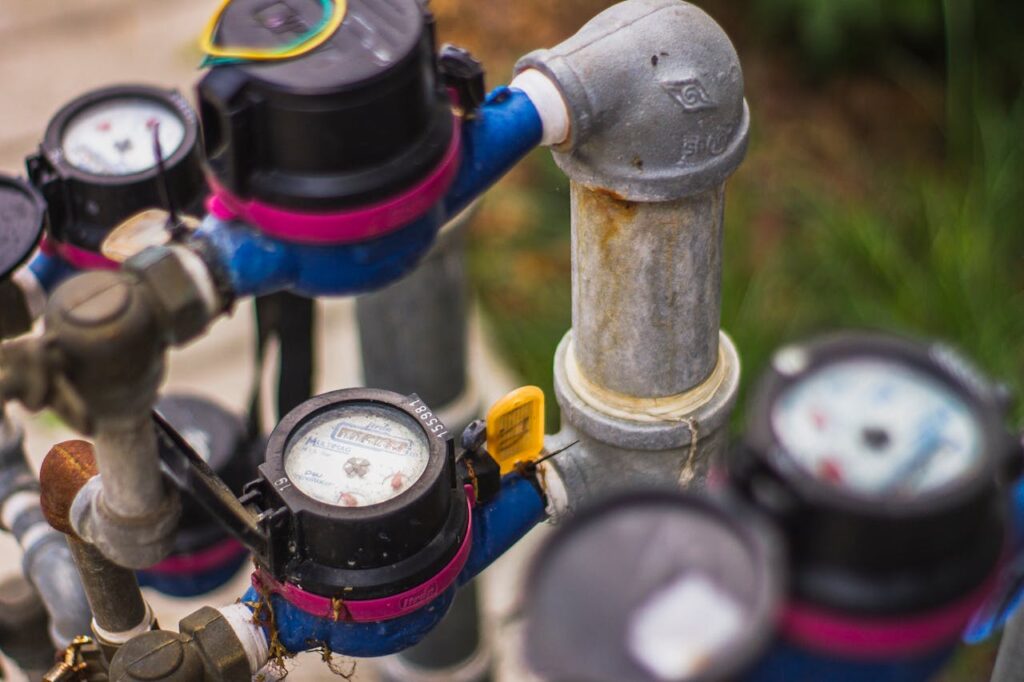
When a safety valve releases excess pressure, it’s performing its primary function: protecting the system from overpressure conditions. As the pressure within the system approaches the set point, the valve’s disc begins to lift off its seat, creating an opening for pressurized gas or liquid to escape. The size of this opening increases as the pressure difference between the system and the environment (or the relief system) grows, allowing more material to flow freely through the valve, thereby reducing the pressure inside the system.
The valve’s design ensures that it opens sufficiently to release pressure quickly, but not so rapidly as to cause system shocks or damage. Once the pressure drops below the set point, the mechanism ensures that the valve closes, preventing the loss of the medium being processed. This operation can be either modulating, a process where the valve gradually closes as pressure decreases, or snap action, where the valve shuts abruptly once the pressure falls below the set point.
The operation of safety valves involves precisely calibrated set pressures and relief valves, mechanisms designed to activate when needed, releasing excess pressure safely and efficiently. This balance between responsiveness and control is what makes safety valves indispensable components in maintaining industrial safety and operational integrity.
Types of Safety Valves
Safety valves are critical components in the protection of industrial equipment and personnel. Their design allows them to prevent excessive pressure buildup by releasing gas, steam, or liquid. There are several types of safety valves, each suited to specific applications and operational requirements. Here, we’ll explore three main safety valve types: spring-loaded safety valves, pilot-operated safety valves, and direct-acting safety valves.
Spring Loaded Safety Valves
Spring-loaded safety valves are the most common type used across various industries, including oil and gas, chemical, petroleum industry, and power generation. These valves use a spring to keep the valve closed. The spring force is calibrated so that the valve opens when the pressure inside the system exceeds a predetermined set point.
The simplicity of the spring-loaded design offers robust and reliable protection against overpressure conditions. When the system’s pressure exceeds the set force of the spring, the valve disc lifts, allowing the excess medium to escape, thereby relieving the pressure. Once the pressure drops to a safe level or set pressure is reached, the spring force closes the valve, ensuring the system remains pressurized under normal operating conditions. These valves are well-regarded for their straightforward maintenance and testing procedures.
Pilot Operated Safety Valves
Pilot-operated safety valves (POSV) offer a more sophisticated method for pressure relief. Unlike spring-loaded valves, a POSV uses system pressure to seal the valve. It consists of a main valve and a pilot valve. The pilot valve controls the opening and closing of the main valve based on the system’s pressure. When the pressure exceeds the set point, the pilot valve opens, reducing the pressure above the main valve’s piston or diaphragm. This imbalance causes the main valve to open and release excess pressure.
POSVs are particularly useful in applications requiring precise control over valve opening and closing pressures, or where high capacity is needed without a large physical size. They can handle larger flow rates and are more responsive to pressure changes, making them ideal for critical applications in natural gas processing and refining operations.
Direct Acting Safety Valves
Direct-acting safety valves operate without the need for any external power source or control system. The pressure force directly acts on the valve disc, and when the force exceeds the resistance provided by the spring or weight keeping the valve closed, the valve opens to release the pressure.
These valves are known for their simplicity and reliability, often used in smaller systems or as secondary safety devices. They are typically found in low-pressure applications such as air compressors, water systems, and residential gas services. Direct-acting valves are favored for their compact size, ease of installation, and minimal maintenance requirements.
Key Components and Their Functions
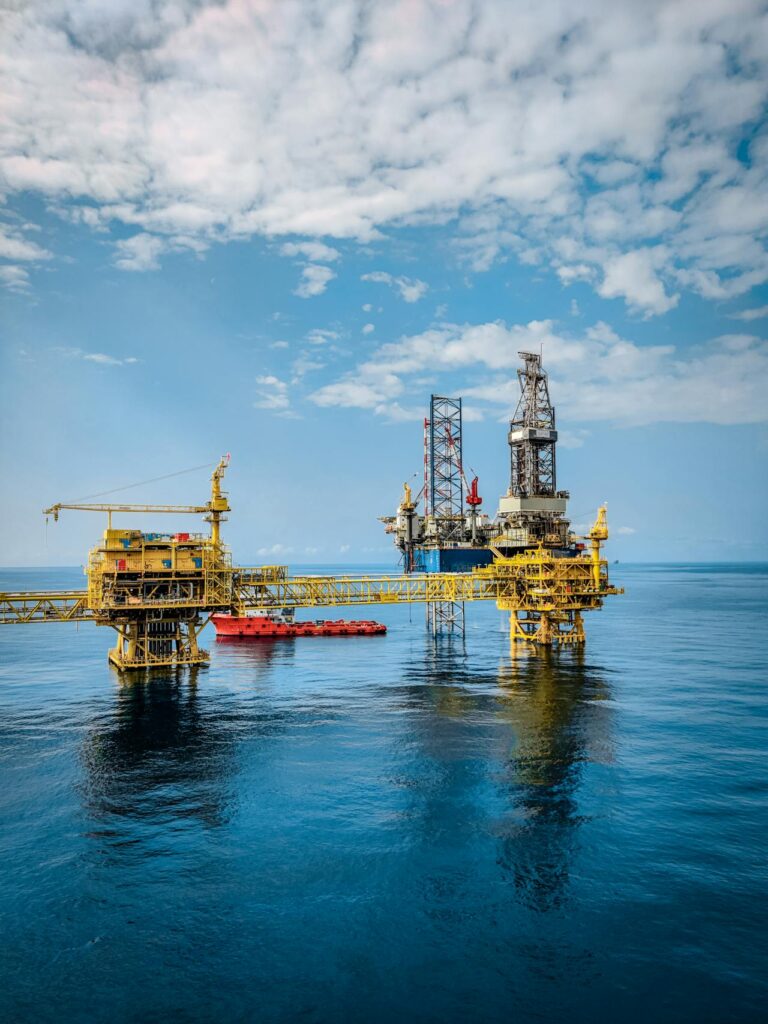
Safety valves are complex devices designed to protect industrial systems from overpressure by releasing excess pressure safely. They consist of several key components, each playing a crucial role in the valve’s operation. Understanding how these components work, especially the main valve and pilot valve, the role of spring force, and the function of disc lifts and seats, is essential for anyone involved in the design, maintenance, or operation of various pressure safety valves and systems.
The Main Valve and Pilot Valve: How They Work Together
In pilot-operated safety valves (POSVs), the main valve and pilot valve collaborate to regulate system pressure effectively. The pilot pilot operated safety valve acts as a control system for the main valve, determining when it opens and closes based on the pressure levels.
The pilot valve is a smaller valve that responds to slight changes in system pressure. When the pressure exceeds the set level, the pilot valve opens, relieving pressure from the top of the main valve piston or diaphragm. This pressure differential causes the main valve to open, allowing the excess pressure to be vented out of the system. Once the system pressure decreases to below the set point, the pilot valve closes, allowing pressure to build up again above the piston or diaphragm, closing the main valve. This sophisticated interaction ensures precise control over the valve’s operation, making pilot-operated valves suitable for applications requiring high accuracy and reliability.
The Role of Spring Force in Valve Operation
Spring force is a critical component in the operation of safety valves, particularly in spring-loaded types. The spring holds the valve in a closed position under normal operating conditions. It is calibrated to have a specific compression force, which corresponds to the set pressure of the valve. When the system pressure exceeds this set pressure, the force of the pressurized medium on the valve disc overcomes the spring force, pushing the valve open to release excess pressure.
The spring’s characteristics, including its stiffness and preload, are carefully selected to ensure that the valve opens at the correct pressure and closes promptly once the pressure returns to a safe level. This balance is crucial for the valve’s reliability and effectiveness in preventing overpressure conditions.
Disc Lifts and Seats: Ensuring Tight Sealing
The disc and seat are where the sealing action happens in a safety valve. The disc is a movable component that lifts away from the seat to open the valve and allow the flow of the pressurized medium. The seat provides a surface against which the disc seals when the valve is closed. The interaction between the disc and seat is fundamental to the valve’s ability to maintain a tight seal under normal conditions and to open when necessary to relieve pressure.
Materials and design of the disc and seat are chosen for their durability and resistance to the medium being handled. Proper alignment and smooth surfaces are critical to ensure a tight seal and prevent leakage. The disc may also include a lift mechanism, such as a stem or guide, to control its movement accurately. When the valve opens, the disc lifts in a controlled manner, allowing for a precise release of pressure. After relieving the pressure, the disc returns to its seat, ensuring the system is securely sealed until the next overpressure event.
Together, these key components work in unison to ensure the safety valve operates reliably, protecting industrial systems from the dangers of overpressure.
Installation and Maintenance for Optimal Performance

Ensuring the safety and reliability of industrial systems, especially within the high-stakes environment of the oil and gas industry, requires meticulous attention to the installation and maintenance of safety valves. Arpco Valves & Controls distinguishes itself by offering premium maintenance and installation services tailored to this sector’s unique needs. These services not only ensure that safety valves are installed correctly and maintained efficiently but also contribute significantly to minimizing operational downtime and extending the lifespan of these critical components.
Proper Installation Techniques for Pressure Relief Valves to Prevent System Failures
The correct installation of safety valves is fundamental to their performance and reliability. Arpco Valves & Controls emphasizes the importance of adhering to industry best practices and manufacturers’ guidelines during installation to prevent system failures. This includes ensuring that valves are installed in the correct orientation, with attention to the flow direction and positioning to facilitate accurate pressure readings and effective relief. The company also advises on the proper integration of safety valves into the system, considering factors like backpressure, environmental conditions, and potential obstructions to ensure optimal functionality. By prioritizing precise installation techniques, Arpco helps safeguard against premature valve failure and potential safety hazards.
Routine Maintenance to Minimize Downtime and Extend Valve Life
Arpco Valves & Controls provides comprehensive maintenance services designed to minimize downtime and extend the life of safety valves. Routine maintenance is crucial for detecting wear and tear, corrosion, or other issues that could compromise valve performance. Arpco’s maintenance program includes regular inspections, cleaning, and the replacement of worn components, ensuring that valves remain in peak condition. The company’s proactive approach to maintenance helps identify potential problems before they lead to system failures, thereby reducing the risk of unscheduled outages and prolonging the lifespan of these critical safety devices.
Testing Safety Valves: Procedures and Best Practices
Testing is a critical component of safety valve maintenance, ensuring that valves operate correctly under pressure and open at the set point. Arpco Valves & Controls adheres to strict testing procedures and best practices, utilizing state-of-the-art equipment to simulate operational conditions and verify valve performance. This includes both bench testing and in-situ testing, providing a comprehensive assessment of valve functionality. By following rigorous testing protocols, Arpco ensures that safety valves are ready to perform their protective functions, offering peace of mind to operators in the oil and gas industry.
Arpco Valves & Controls’ dedication to excellence in installation, maintenance, and testing services underscores its commitment to supporting the oil and gas industry’s safety and operational efficiency. Through its expert services, Arpco plays a pivotal role in ensuring that safety valves function reliably, protecting both personnel and assets from the dangers of overpressure.
Pressure Safety Valve Performance Under Various Conditions
Safety valves are designed to function under a variety of conditions, each presenting unique challenges to the valve’s operation and performance. The ability of a safety valve to reliably manage overpressure scenarios—whether due to thermal expansion, superimposed and built-up backpressure, or operating in high-temperature and critical applications—is crucial for maintaining system integrity and safety in industrial environments. Understanding how safety valves perform under these diverse conditions can help operators ensure they are prepared for any eventuality.
Handling Overpressure from Thermal Expansion
Thermal expansion occurs when a fluid’s volume increases in response to a rise in temperature, potentially leading to overpressure in a contained system. Safety valves play a pivotal role in mitigating this risk by releasing excess pressure to prevent system failure. The design and operation of these valves take into account the specific characteristics of thermal expansion, such as the rate of temperature and pressure increaseand the fluid’s thermal properties. By calibrating safety valves to respond to pressure increases resulting from thermal expansion, systems can be protected from the damaging effects of overpressure, ensuring continued operation and safety.
Dealing with Superimposed and Built-Up Backpressure
Superimposed backpressure is the pressure in the discharge area of a safety valve that exists before the valve opens. Built-up backpressure is the pressure that develops in the discharge system because of the flow after the valve opens. Both types of backpressure can affect the performance of safety valves by altering the differential pressure across the valve, potentially hindering its ability to open fully or close properly. To address these challenges, safety valves are designed and selected with backpressure considerations in mind.
Safety Valves in High Temperature and Critical Applications
In high-temperature applications, safety valves face additional challenges, such as maintaining seal integrity and material stability. The materials used in valve construction must withstand not only the high temperatures but also potential thermal cycling, which can lead to material degradation over time. Furthermore, in critical applications—where failure could result in significant harm to personnel, the environment, or the facility—safety valves must offer unparalleled reliability. This often requires the use of valves with advanced design features, such as metal-to-metal seating for improved sealing at high temperatures, and rigorous testing and maintenance protocols to ensure they remain in optimal working condition.
Frequently Asked Questions (FAQ)
What is thermal expansion, and how can it cause overpressure?
Thermal expansion occurs when a fluid (liquid or gas) increases in volume as a result of temperature rise. In a closed system, this volume increase can lead to overpressure, as the fluid has nowhere to expand. Safety valves help mitigate this risk by releasing excess heat and pressure when it exceeds the system’s design limits, ensuring the system’s integrity and preventing potential equipment damage or failures.
How do safety valves handle overpressure from thermal expansion?
Safety valves are designed to open at a predetermined set pressure, allowing them to respond quickly to the overpressure conditions caused by thermal expansion. By releasing the excess pressure, they prevent the system pressure from reaching dangerous levels. Once the pressure is relieved and falls below the set point, the valve closes, returning the system to its normal operating condition.
What are superimposed and built-up backpressure, and how do they affect safety pressure valves??
Superimposed back pressure is the pressure in the discharge area of a safety valve that exists before the valve opens. Built-up backpressure is the pressure that develops in the discharge system because of the flow after the valve opens. Both types of backpressure can affect the operation of safety valves by changing the differential pressure across the valve, potentially impacting the valve’s ability to open and close properly.
How do safety valves deal with superimposed and built-up backpressure?
Safety valves are designed and selected with these pressures in mind to ensure they operate correctly under all conditions. For example, balanced bellows or piston designs can minimize the impact of backpressure on the valve’s performance. Regular maintenance and testing also ensure that the valves can handle the expected back pressure without compromising their operation.
Why are safety valves critical in high temperature and critical applications?
In high-temperature and critical applications, such as in the petrochemical or power generation industries, equipment and processes are often under extreme conditions that can increase the risk of overpressure incidents. Safety valves are crucial in these settings because they can withstand high temperatures and harsh conditions while reliably operating to relieve pressure, thereby protecting both the equipment and personnel from potential harm.
How are safety valves designed for high temperature and critical applications?
Safety valves for high-temperature and critical applications are made from materials that can withstand extreme conditions without degrading. They may also feature special designs, such as bellows-sealed or pilot-operated mechanisms, to ensure precise operation under varying conditions. Additionally, these valves are rigorously tested to meet strict industry standards and certifications, ensuring their reliability and performance even in the most demanding environments.

